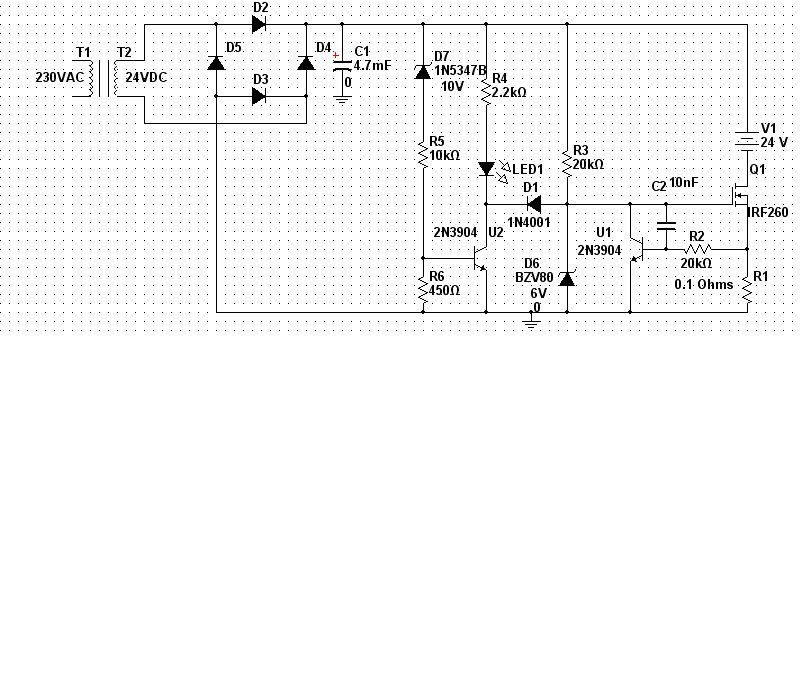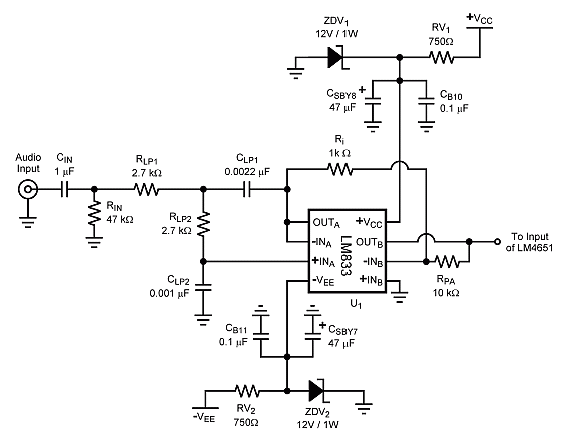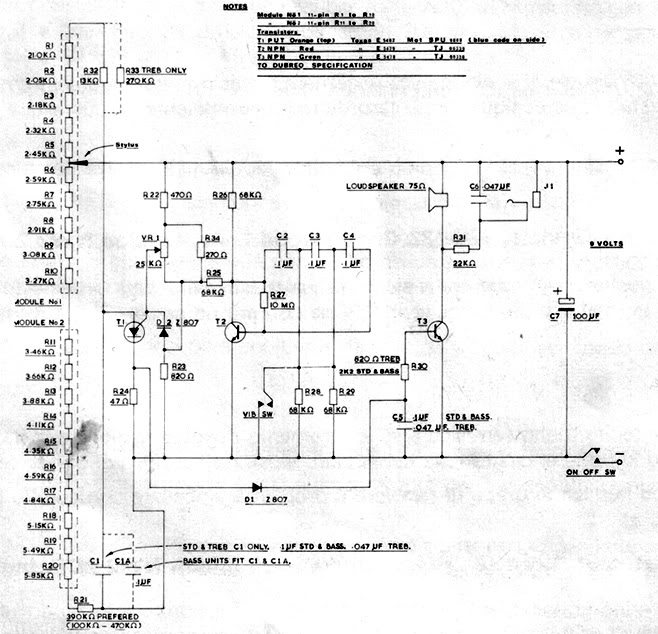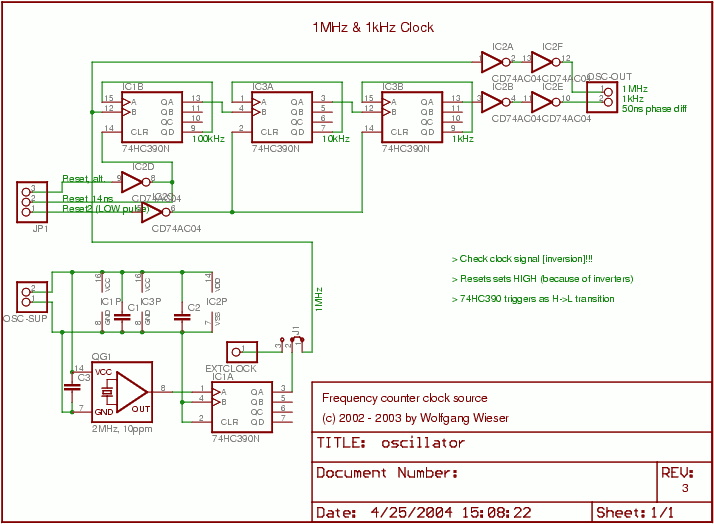
Citation I and IV phono schematic query

Part of the challenge is that multiple capacitors and resistors are present in the RIAA circuit. This is derived from the Harman-Kardon schematic. The information for the Citation IV is not readily available, but it is simpler to replace all components in a Citation IV due to its limited number of parts. For further information, direct contact is encouraged, as there is specialization in Citation gear. Results for the Citation I will be tabulated and compared with existing data when time permits. Once completed, the findings will be shared on the Yahoo Citation group. The circuit designed by Mr. Fosgate is particularly noteworthy, and the designer of the high-end Leben phono preamp has referred to the Citation IV as "a masterpiece of design."
The RIAA (Recording Industry Association of America) equalization circuit is a critical component in audio electronics, particularly in phono preamplifiers. Its purpose is to adjust the frequency response of audio signals to compensate for the inherent characteristics of vinyl records. The RIAA circuit typically consists of a network of resistors and capacitors that shape the audio signal according to a standardized curve.
In the context of the Citation IV, the circuit's design complexity arises from the arrangement of multiple capacitors and resistors. Each component plays a vital role in achieving the desired frequency response, making it essential to understand their interactions within the circuit. The schematic from Harman-Kardon serves as a foundational reference for those looking to repair or modify the Citation IV, as it outlines the necessary components and their values.
Given the limited number of components in the Citation IV, it is often recommended to replace all capacitors and resistors during maintenance or upgrades. This approach not only simplifies the repair process but also ensures that the circuit operates at optimal performance levels. The expertise in Citation gear allows for a more informed approach to component selection and replacement, which can significantly enhance the overall sound quality.
The mention of Mr. Fosgate's circuit highlights the innovative designs that have emerged in the field of audio electronics. The recognition of the Citation IV as a "masterpiece of design" by the designer of the Leben phono preamp underscores its significance within the industry. Such accolades indicate that the Citation IV not only meets technical standards but also achieves a level of artistry in its design, appealing to audiophiles and professionals alike.
In summary, the RIAA circuit within the Citation IV exemplifies the intricate balance of engineering and artistry in audio design. Understanding its components and their functions is crucial for effective maintenance and enhancement of the device, ensuring that it continues to deliver high-quality audio performance.Part of the difficulty is that multiple caps/resistors are in the circuit in RIAA. This is based on the Harman-Kardon schematic: I don`t have the Cit IV info handy, sorry. but there are so few parts in a Cit IV that it`s easier just to replace them all. If you need more info why don`t you contact me directly - I specialize in Citation gear. When I get around to it I will tabulate the results for the Citation I and check them against mine. Once finished I will post them on the Yahoo Citation group listed above. Thanks so much! Mr. Fosgate`s circuit is especially interesting. The designer of the expensive Leben phono preamp called the Citation IV "a masterpiece of design. " 🔗 External reference
The RIAA (Recording Industry Association of America) equalization circuit is a critical component in audio electronics, particularly in phono preamplifiers. Its purpose is to adjust the frequency response of audio signals to compensate for the inherent characteristics of vinyl records. The RIAA circuit typically consists of a network of resistors and capacitors that shape the audio signal according to a standardized curve.
In the context of the Citation IV, the circuit's design complexity arises from the arrangement of multiple capacitors and resistors. Each component plays a vital role in achieving the desired frequency response, making it essential to understand their interactions within the circuit. The schematic from Harman-Kardon serves as a foundational reference for those looking to repair or modify the Citation IV, as it outlines the necessary components and their values.
Given the limited number of components in the Citation IV, it is often recommended to replace all capacitors and resistors during maintenance or upgrades. This approach not only simplifies the repair process but also ensures that the circuit operates at optimal performance levels. The expertise in Citation gear allows for a more informed approach to component selection and replacement, which can significantly enhance the overall sound quality.
The mention of Mr. Fosgate's circuit highlights the innovative designs that have emerged in the field of audio electronics. The recognition of the Citation IV as a "masterpiece of design" by the designer of the Leben phono preamp underscores its significance within the industry. Such accolades indicate that the Citation IV not only meets technical standards but also achieves a level of artistry in its design, appealing to audiophiles and professionals alike.
In summary, the RIAA circuit within the Citation IV exemplifies the intricate balance of engineering and artistry in audio design. Understanding its components and their functions is crucial for effective maintenance and enhancement of the device, ensuring that it continues to deliver high-quality audio performance.Part of the difficulty is that multiple caps/resistors are in the circuit in RIAA. This is based on the Harman-Kardon schematic: I don`t have the Cit IV info handy, sorry. but there are so few parts in a Cit IV that it`s easier just to replace them all. If you need more info why don`t you contact me directly - I specialize in Citation gear. When I get around to it I will tabulate the results for the Citation I and check them against mine. Once finished I will post them on the Yahoo Citation group listed above. Thanks so much! Mr. Fosgate`s circuit is especially interesting. The designer of the expensive Leben phono preamp called the Citation IV "a masterpiece of design. " 🔗 External reference





